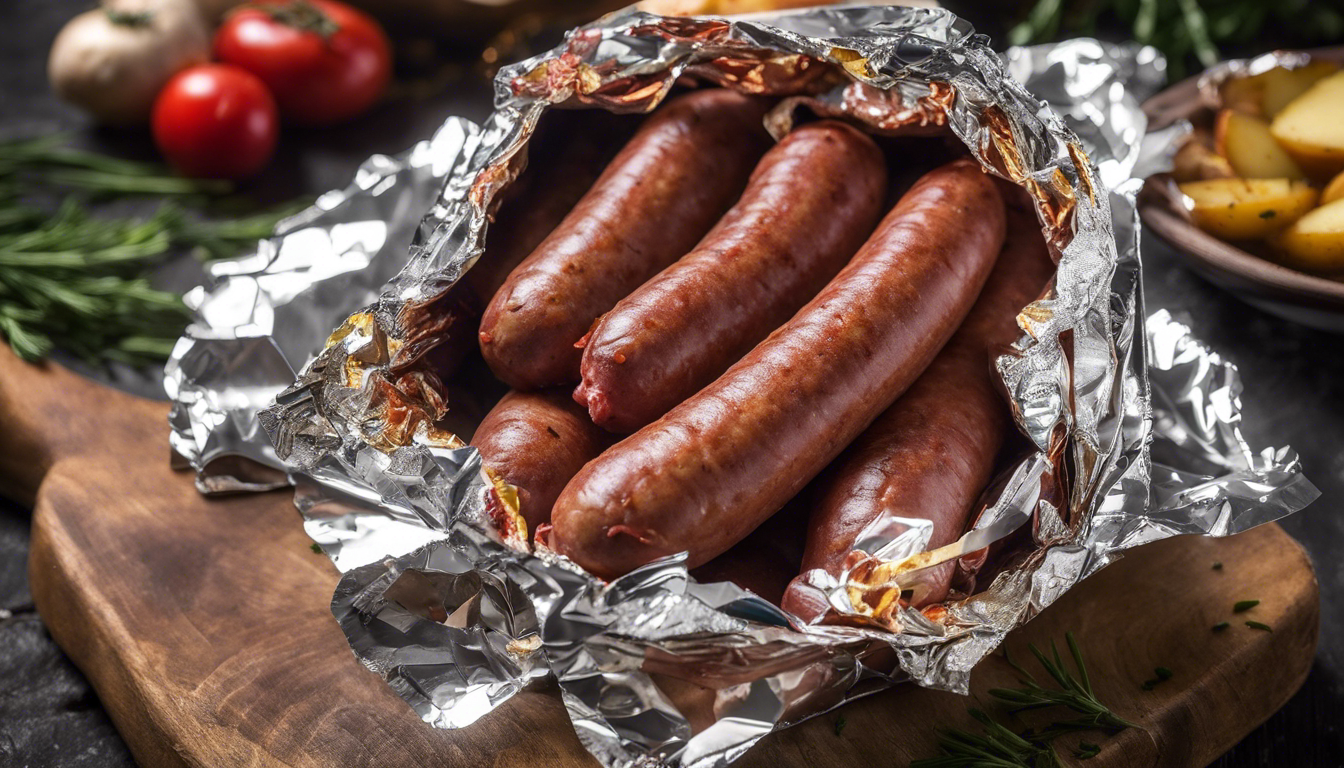
Ingredients and Preparation
Embarking on a culinary adventure requires a well-prepared kitchen and the freshest ingredients. To ensure your dish is a success, start by gathering all the necessary components. Here’s what you’ll need:
Once you have all your ingredients ready, it’s time to prepare them for cooking. Begin by washing any fresh produce thoroughly under cold running water. If you’re using meats, make sure they are properly defrosted if they were previously frozen, and pat them dry with paper towels. For vegetables that need to be chopped, diced, or sliced, do so uniformly to ensure even cooking.
Marinating meats can infuse them with flavor and tenderize them. If your recipe calls for a marinade, combine the specified ingredients in a bowl or resealable bag, add the meat, and ensure it’s well-coated. Allow it to marinate in the refrigerator for the recommended time, which could range from 30 minutes to several hours depending on the recipe.
For any sauces or dressings, mix the ingredients together in a separate bowl. Taste and adjust the seasoning as needed. Preparing these elements ahead of time will streamline the cooking process and enhance the flavors of your dish.
With your ingredients prepped and ready to go, you’re now set to move on to the next step of your culinary creation. Remember, good preparation is the foundation of great cooking!
Assembling the Foil Packets
Assembling foil packets is a crucial step in ensuring your dish cooks evenly and retains its moisture and flavor. Begin by tearing off large pieces of heavy-duty aluminum foil, making sure they are big enough to contain the ingredients and allow space for the steam to circulate inside the packet.
Lay the foil flat on a clean surface and lightly coat the center with olive oil or cooking spray to prevent sticking. Place your prepared ingredients in the center of each piece of foil. If you’re including items like sliced vegetables, layer them underneath the protein to create a stable base.
When adding your protein, such as fish, chicken, or beef, place it on top of the vegetables. Pour any marinade or sauce over the protein, ensuring it’s well-coated. If you’re using herbs and spices, sprinkle them evenly over the ingredients now.
Once all the ingredients are on the foil, it’s time to seal the packets. Bring up the longer sides of the foil and fold them down together over the ingredients. Make sure to leave enough room for heat circulation inside. Next, fold in the shorter ends to create a sealed packet. The goal is to prevent any juices from leaking out while ensuring that the packet is not wrapped too tightly around the ingredients.
Double-check each packet to ensure it’s properly sealed, as this will keep the steam inside and cook your food thoroughly. If you’re preparing these packets for a group, you can use a permanent marker to write names or contents on the foil for easy identification later on.
With your foil packets assembled, you’re ready to move on to grilling them to perfection. This method of cooking not only imparts a delicious smokiness but also makes for an easy cleanup—ideal for outdoor gatherings or a simple family dinner.
Grilling and Serving Instructions
Grilling your foil packets is both an art and a science, ensuring that each packet is cooked to perfection. Preheat your grill to a medium-high heat, which typically ranges between 375°F to 450°F. Once the grill is hot, place the foil packets directly on the grates. The number of packets you can cook at once will depend on the size of your grill, but be sure to leave some space between them to allow for proper heat circulation.
Cooking times will vary depending on the ingredients inside your packets. As a general rule, fish will cook faster than meat, and vegetables will vary depending on their density. For example, a foil packet with salmon and asparagus may only need 10-15 minutes on the grill, while chicken and potatoes could take closer to 25-30 minutes. Rotate the packets halfway through the cooking time to ensure even grilling.
One of the best tips for grilling foil packets is to listen for the sizzling sound. This indicates that your food is cooking and steam is being created inside the packet. Be cautious when opening the packets to check for doneness, as steam can escape quickly and cause burns. Use a pair of tongs and gently open one end of the packet, or insert a meat thermometer through the foil to check the internal temperature of meats.
When your foil packets are fully cooked, carefully remove them from the grill using tongs or a spatula. Allow them to rest for a few minutes before serving, as this will let the juices redistribute and prevent any steam burns when opening. To serve, you can either open the packets and transfer the contents to plates or let your guests enjoy the fun of opening their own packet to reveal the delicious meal inside.
Grilled foil packets make for an incredibly satisfying meal with minimal cleanup required. The smoky flavor from the grill, combined with the natural juices and seasonings of your ingredients, creates a symphony of flavors that’s hard to beat. Whether you’re dining al fresco or simply enjoying a family meal at home, these foil packets are sure to impress.
